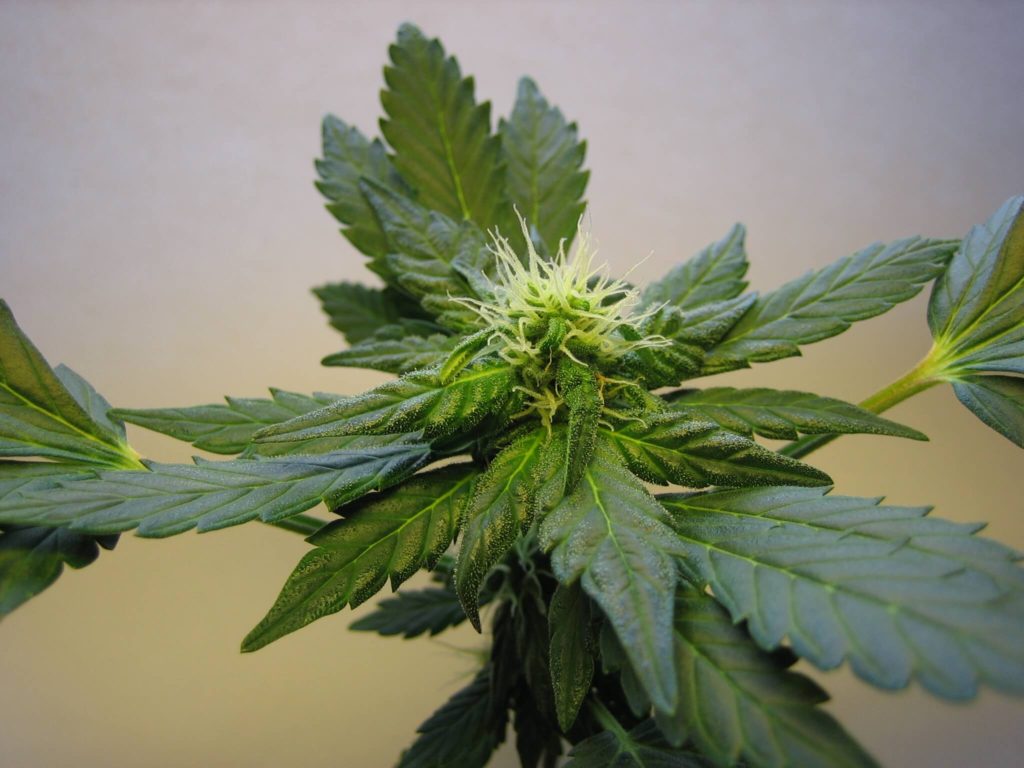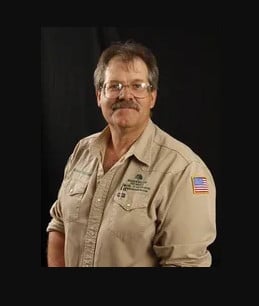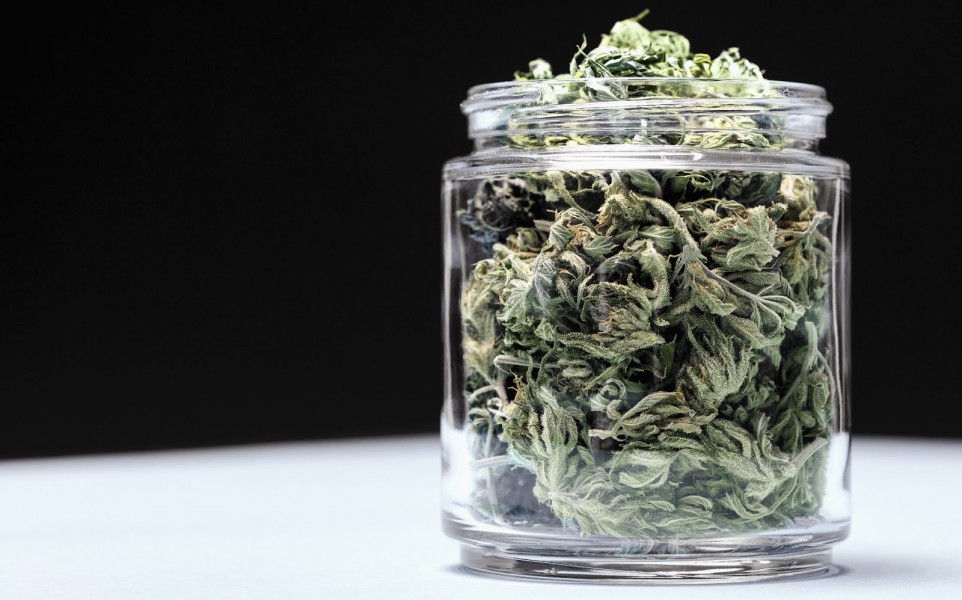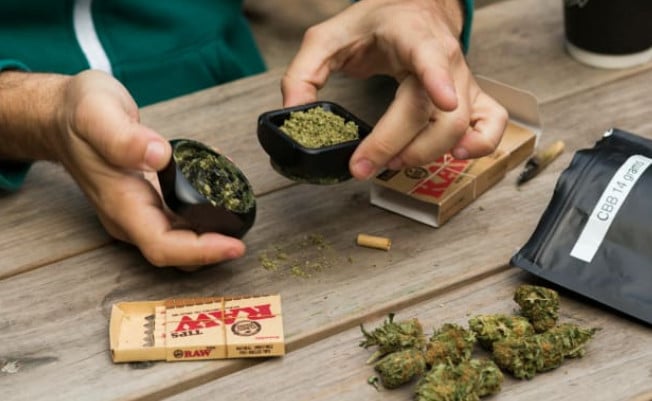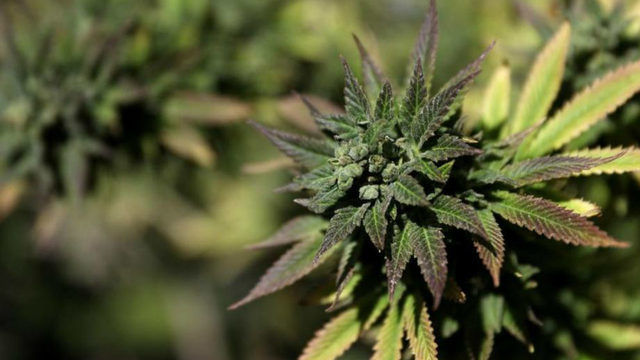Pasture management can be a substantial cost in beef production. Poor pasture productivity reduces stocking rates, animal weight gain, and profitability. As I have said many times before, if beef producers evaluated their pasture by pounds per acre just as grain producers evaluate by bushels per acre, many would view their land and its animal productivity in a completely new light.
Forage management practices that translate to increased animal weight gain and reproductive performance per acre will yield a positive net return on investment. One step to increasing the carrying capacity, or yield of land used for grazing animals, is controlling weeds. Just like in row crops, weeds compete with the desirable plants, reducing their growth and persistence. The greatest difference between pasture and cropland is that crop producers get to start fresh each year, but weed pressure in pastures leads to a decline of desirable grasses year after year. This causes reduction in feed source volume and nutrition for the grazing animals.
Dr. Chris Teutsch, University of Kentucky Extension Forage Specialist at the UK Center of Grain and Forage Excellence in Princeton, was recently in Daviess County. We visited a couple of beef cattle farms to provide suggestions on pasture management. I learned a great deal from Dr. Teutsch that day, but most importantly about nimblewill. Nimblewill is a warm season perennial grass that, unfortunately, is very prevalent in our pastures. The enlightening moment was when he explained that what I thought was bermuda grass was actually nimblewill. The two look so alike; you have to pull them up to tell them apart. Even then, the only difference is bermuda is difficult to pull, while nimblewill is easily removed by hand. Bermuda is a high nutritional quality warm season perennial that cows will eat and thrive on. Nimblewill, on the other hand, is a weed cows avoid.
Nimblewill is a thin, wiry, pale green grass. The short leaf blades emerge at 45-degree angles from the slender, smooth stems and tend to lie flat on the ground. It spreads by short stolons, or above ground stems, that root at the nodes. Nimblewill forms circular patches because of its stoloniferous growth pattern and grows larger each year.
Nimblewill is difficult to control because there is no herbicide that will kill it without also killing the existing pasture grass. The easiest means of control is to spray patches of nimbleweed with a total-kill herbicide. Allow the grass to die back, then reseed the area.
Killing the clover may be necessary if you plan to recover weedy pastures. Broadleaf weed herbicides labeled for pasture which contain 2,4-D, dicamba, triclopyr, aminopyralid, or metsulfuron as the active ingredients will kill or significantly reduce clover in the field. After 2-3 years of extensive herbicide treatment, desirable grasses will replenish. This will reduce weed recurrence, possibly to the point that clover could be reintroduced into the field. The herbicide you choose will have clover reseeding recommendations. For products containing 2,4-D, the wait will be six weeks. Other herbicides have much longer persistence in the soil.
Expense of the application is often the reason to not spray forages. An important part of making this an economically sound decision is matching the product to the weed at the right time of year. Walk your pasture, collect weeds you are unsure of, and let us help you identify them. The two windows for forage weed control are in the early spring after the temperatures increase for control of the winter annual species, or in the early fall when the summer annuals and woody type plants are sending a reserve of nutrients down into the roots to survive the winter. Targeting these windows will reduce the risk of the product moving off target, potentially injuring nearby susceptible crops and ornamentals.
Products that contain the active ingredient aminopyralid work well on typical weeds in pastures but are very persistent in the soil. There are no grazing restrictions with these products, but do not harvest for hay within 7 days of treatment. Residues from aminopyralid-treated areas can remain in manure, compost, hay, or straw which can cause injury to broadleaf crops. Research indicates grazing animals on untreated pasture for three days before rotating them will ensure the aminopyralid-treated manure is out of their system.
Clint Hardy is the Daviess County Cooperative Extension Service agent for agriculture and natural resources. His column runs weekly in the Agriculture section.
Credit: http://www.messenger-inquirer.com


